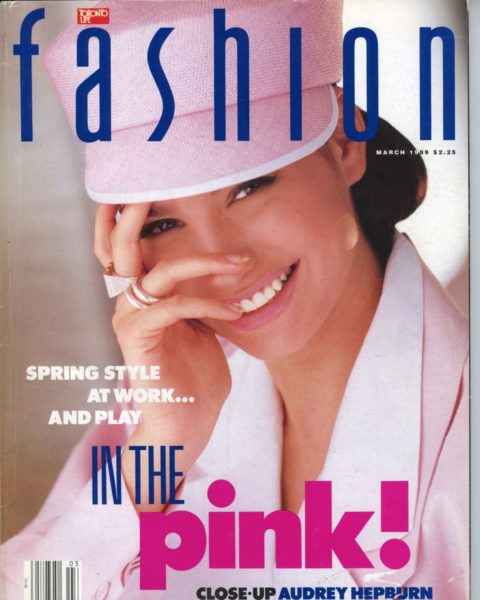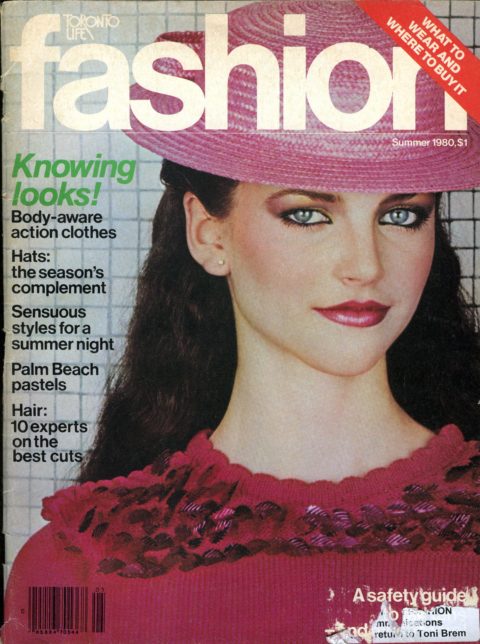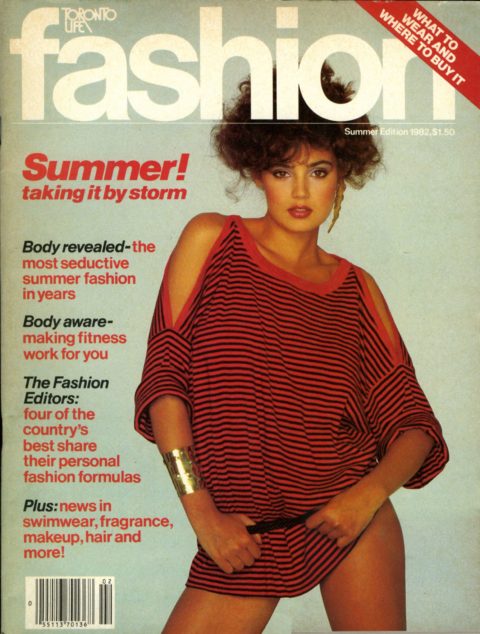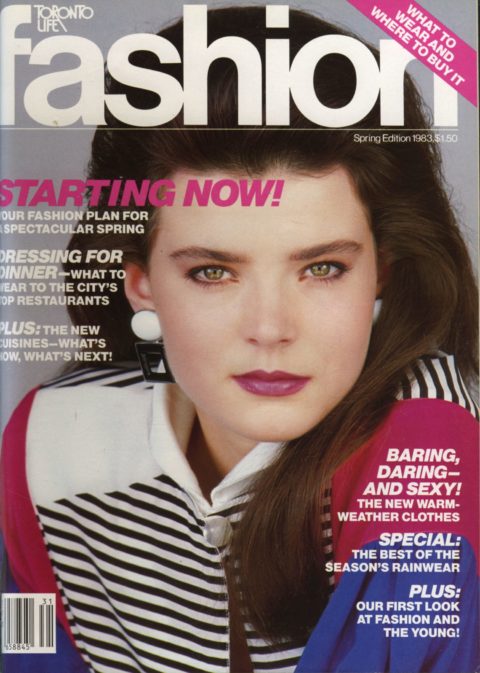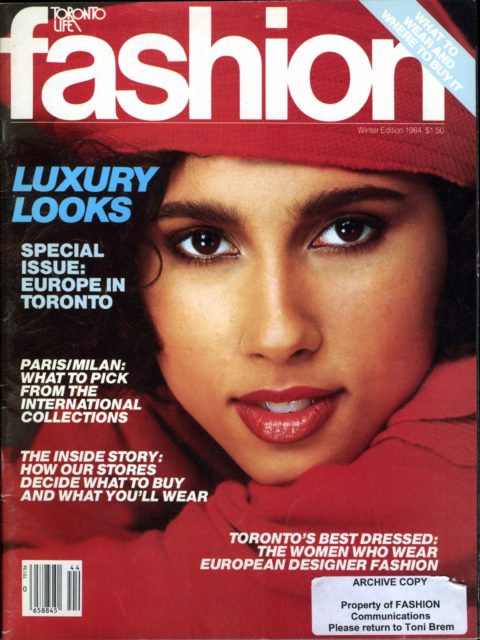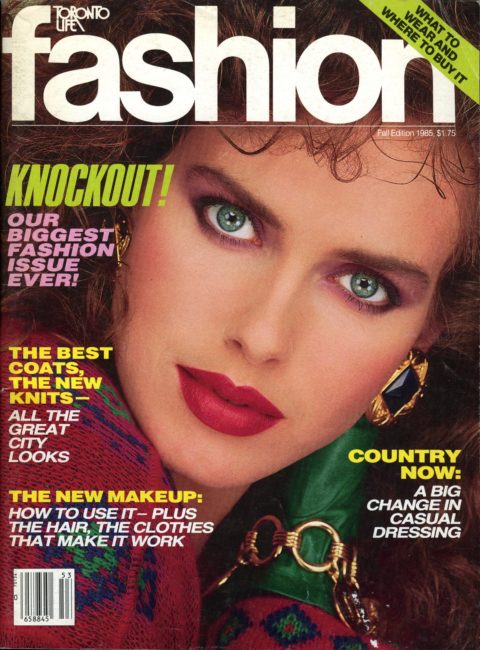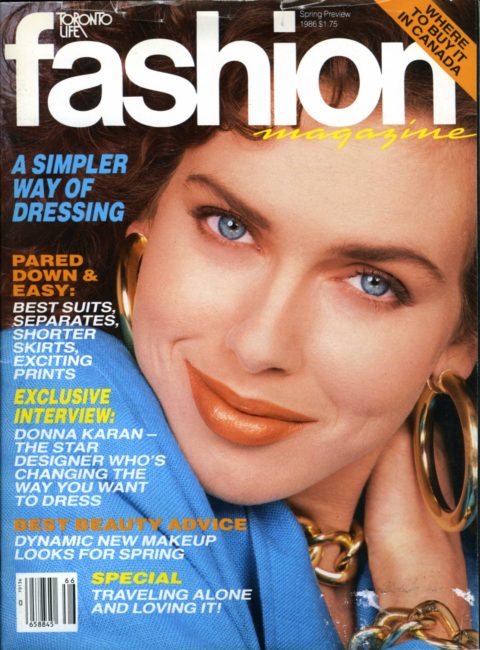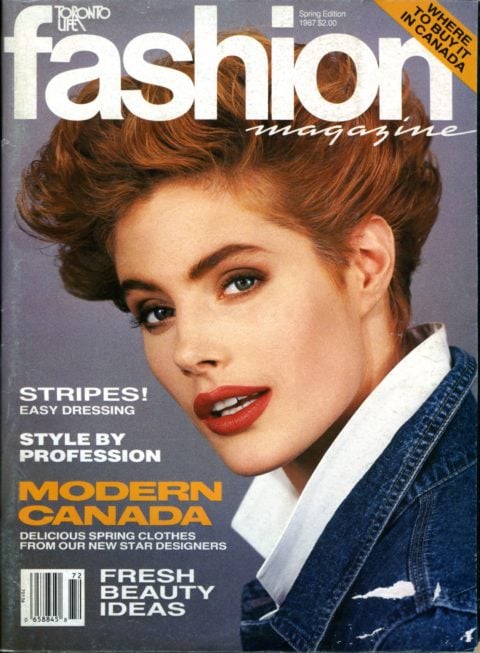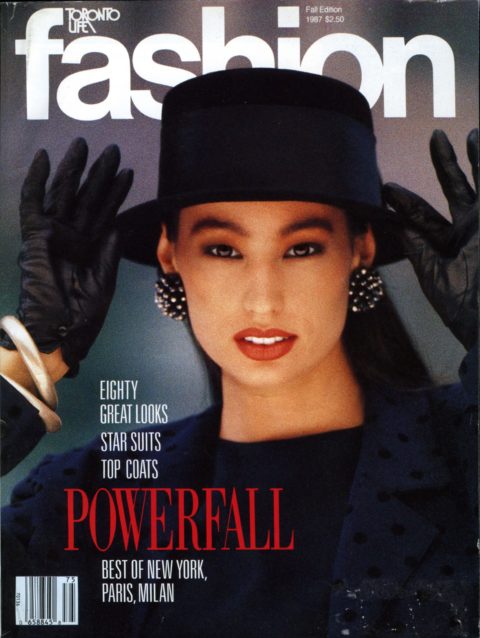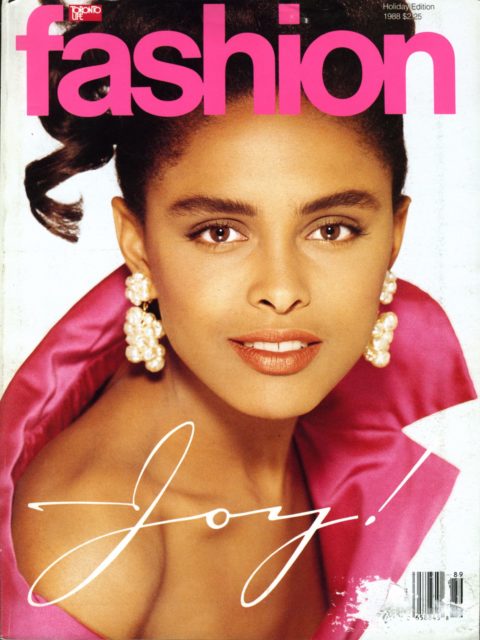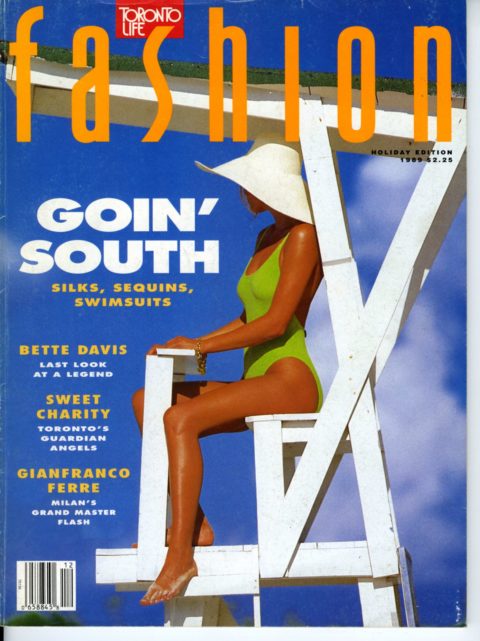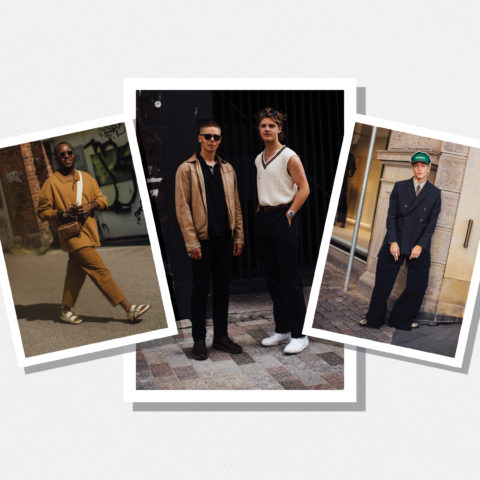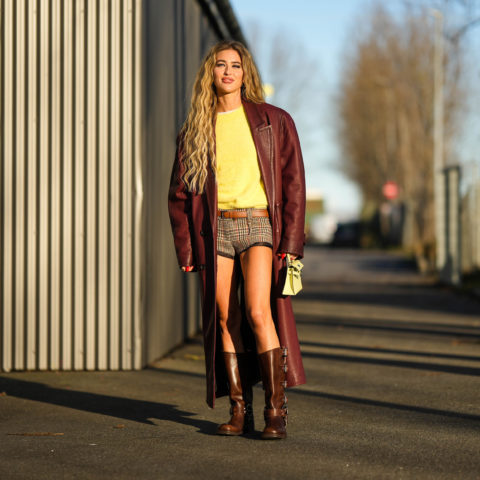We Asked FASHION’s Team from the 1980s to Explain ’80s Fashion
"Everybody cared about labels and what they were wearing. It was a remarkably superficial period."
Say what you want about the ’80s, but it was a definitive decade for fashion. The world was changing quickly and the ’80s fashion world had to keep up. Transitioning from a quarterly instalment included in Toronto Life to a standalone magazine releasing 10 issues per year by the end of the decade, FASHION easily kept pace with the fast and hard lifestyle of the time.
“You have to look at the growth of the magazine in terms of what was going on culturally. All the baby boomers were 30. It was a fashion, image and appearance obsessed culture in a way you’ve never seen,” remarks John MacKay, who was editor-in-chief of FASHION (then Toronto Life Fashion) for most of the 1980s. “Everybody cared about labels and what they were wearing. It was a remarkably superficial period, especially when you consider that these were the people who had been the young generation who changed the world in the 60s and early 70s. They suddenly discovered disco and it was as if hedonism and their appearance was all that mattered.”
And it showed in people’s preference for more and bigger (especially when it came to hair, makeup and clothing). Thanks to the recovering economy and the Canada-U.S. Free Trade Agreement aligning near the end of the decade, that attitude of excess was unbridled. Yuppies—young, well-paid metropolitans—overtook teenagers as the most profitable target demographic and women were entering the workforce en masse. Both these factors influenced the decade’s aesthetic and the rising importance placed upon the fashion and beauty industries.
“As it developed from a Toronto Life supplement to a stand-alone magazine, FASHION needed a perspective and a shape. It was the era of the working woman and it was a natural fit. Women were coming into their own as forces in the working world, redefining their sense of themselves,” remarks MacKay of the era’s signature look. “Looking back, it’s amusing – woman who wanted a chic, expensive suit and then wore it with sneakers as they power-walked to work.”
After MacKay departed FASHION in 1987, Tim Blanks continued to look to the working woman for inspiration, though through a different lens. “John was about the working woman, but I was thinking about what the working woman might want to do when she wasn’t working.”
The digital wave was a decade away, which meant print owned the 80s, explains former art director, Brad MacIver. “I joined FASHION in the mid-’80s: a time of big hair, big shoulders and big ambitions for Canadian magazines,” he remembers. “With no digital threats lurking yet on the horizon, print was the gold standard. With dozens of exciting international style publications to refer to for inspiration, young, Canadian, creative types were experiencing a thrilling moment of growth and experimentation.”

